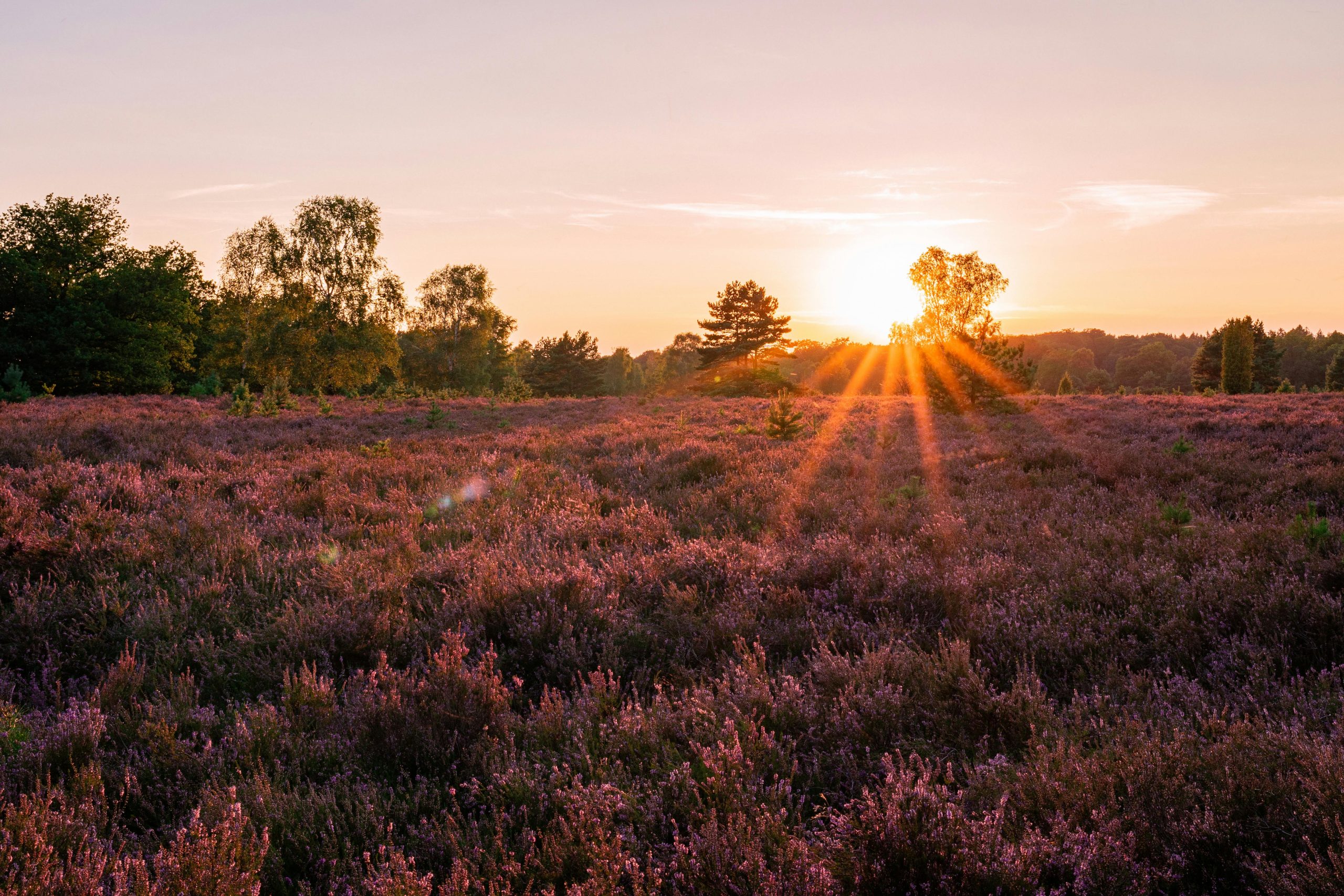Internalised Homophobia: A Silent Struggle
Let’s talk about something that doesn’t always get the attention it deserves: internalised homophobia. It’s sneaky, it’s persistent, and it can be one of the toughest battles an LGBTQ+ person faces. At its core, internalised homophobia is when we absorb society’s prejudices and turn them inward, leading to feelings of shame, self-doubt, or even rejection of our own identity. Sometimes it’s loud and obvious, like when gay men reject other gay men based on intersectionality. Other times it’s subtle and insidious, like secretly not wanting to be like “those” gays. But whether it’s blatant or quiet, it has real effects on mental health, relationships, and self-worth. So, let’s break it down: what it looks like, how it impacts us, and why talking about it (especially through stories) is such a powerful way to challenge it.
What Is Internalised Homophobia?
Internalised homophobia happens when we take in all the negativity the world throws at LGBTQ+ people and start believing it ourselves. It can show up in different ways, like:
- Negative Self-Talk: That little voice in your head telling you you’re not good enough or that something’s “wrong” with you.
- Fear of Authenticity: Holding back parts of yourself to fit into straight society’s idea of “acceptable.”
- Self-Sabotage: Pushing away relationships or opportunities because deep down, you feel like you don’t deserve them.
Here’s the thing: these feelings aren’t personal failures. They come from years—sometimes generations—of messaging that says being LGBTQ+ is something to hide or be ashamed of. And even in a world that’s slowly becoming more accepting, that message still lingers in subtle ways.
The Impact on Mental Health
Internalised homophobia isn’t just about how we see ourselves. It can take a serious toll on mental well-being.
- Anxiety and Depression: Persistent feelings of shame or self-doubt often lead to mental health struggles.
- Isolation: The fear of judgement can make it hard to from meaningful connections, even within the LGBTQ+ community.
- Low Self-Esteem: Many of us grow up feeling like we have something to “make up for,” leading to perfectionism, over-achievement, or other ways of trying to “prove” our worth.
Alan Downs’ book The Velvet Rage talks about how gay men, in particular, often overcompensate by striving for success, status, or control in an attempt to fill a void created by internalised shame. It’s a pattern that’s all too common, but also one that can be unlearned with time, support, and self-compassion.
How It Shapes Relationships
Internalised homophobia doesn’t just affect how we see ourselves. It also plays a big role in our relationships:
- Fear of Vulnerability: Struggling to open up emotionally can create barriers in romantic and platonic relationships.
- Projection: Sometimes, unresolved shame leads people to judge or distance themselves from others in the LGBTQ+ community.
- Difficulty Accepting Love: If deep down you feel like you’re not worthy, it’s easy to push away healthy relationships, even when they’re exactly what you need.
Fiction can be an amazing way to explore these dynamics. When we see characters struggling with the same issues, it helps us name what we’re going through and start to process it.
Addressing Internalised Homophobia Through Storytelling
Stories have a way of shining a light on things we don’t always know how to talk about. Here’s why representation is so powerful:
- Seeing Ourselves: When we read about characters navigating internalised homophobia, it gives us a way to reflect on our own experiences.
- Creating Conversations: Books and media that tackle this topic encourage dialogue and awareness, helping to break the silence.
- Normalising Identity: Seeing LGBTQ+ characters just existing and thriving—without their identity being a problem—helps counteract the toxic messaging we’ve absorbed.
Steps Toward Healing
Overcoming internalised homophobia is a journey, but it’s absolutely possible. Here are a few ways to start:
- Self-Awareness: Recognising internalised beliefs is the first step to challenging them.
- Seeking Support: Therapy, community groups, or even just talking to other LGBTQ+ folks can provide valuable perspective and encouragement.
- Engaging with Representation: Reading books, watching films, and surrounding yourself with positive LGBTQ+ media can help shift your mindset. (Got any good recommendations? Drop them in the comments!)
- Practising Self-Compassion: Remind yourself that these struggles aren’t a personal flaw, but a product of societal messaging. And they can be unlearned.
A Roadmap to Healing
Internalised homophobia is real, but it doesn’t have to define us. Through awareness, representation, and self-compassion, we can begin to challenge these ingrained beliefs and embrace our authentic selves. And that’s why storytelling matters. Books, films, and even conversations like this one help break the silence, challenge outdated narratives, and create space for healing.
So, what do you think? Have you encountered internalised homophobia in your own life or through stories? How do you think we can continue to address this silent struggle? Share your thoughts in the comments below.
Reading list:
– The Velvet Rage by Alan Downs
– Straight Jacket by Matthew Todd
– Out of the Shadows by Walt Odets


Leave a Reply